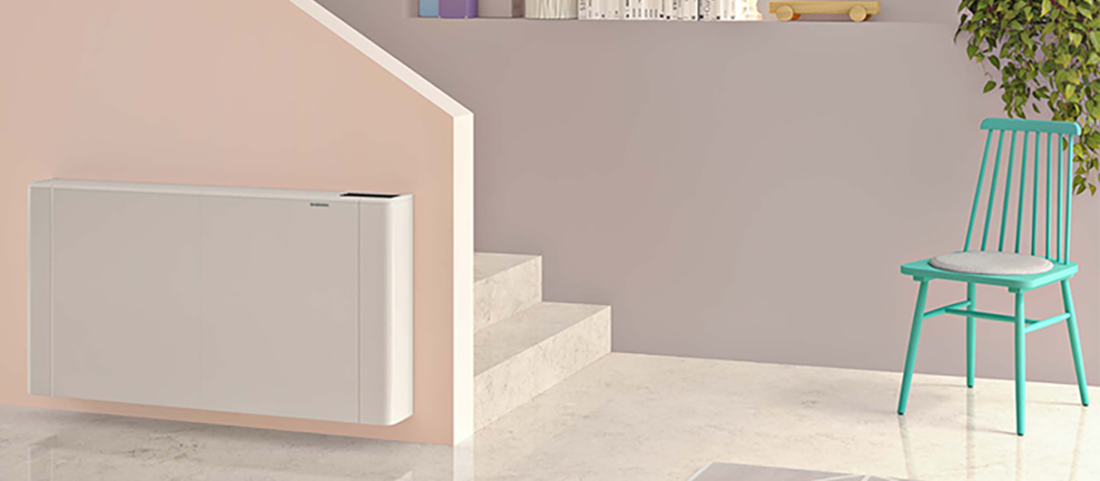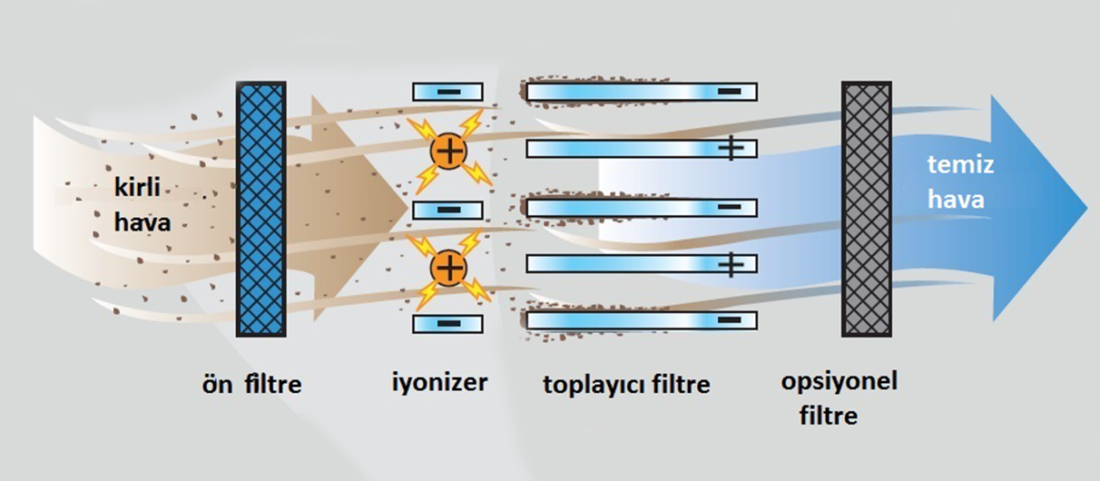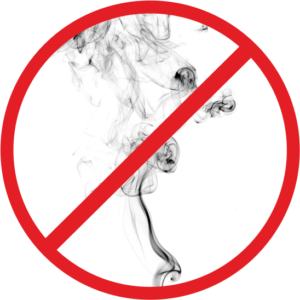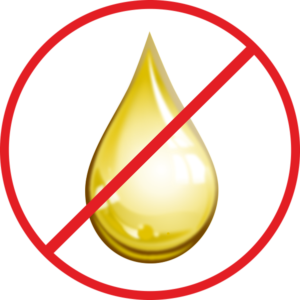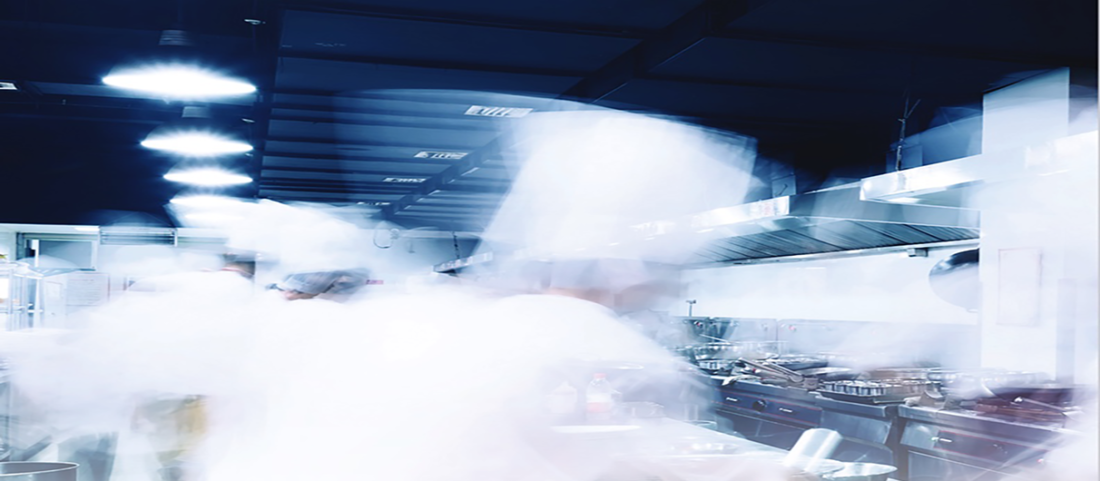Our website has been renewed!
In order to provide faster and better quality service to our valued customers, we have renewed our website in accordance with current trends. With our new website, you will be able to easily access detailed information and product photos of the products you are looking for.



